An Introduction to Polarisation
Society is polarised when people are split into sharply contrasting groups. Its effects can be chilling.
Scroll or tap arrow keys to navigate
Tap left and right to navigate
Countries with a privileged ethnic majority population often have minority ghettos.
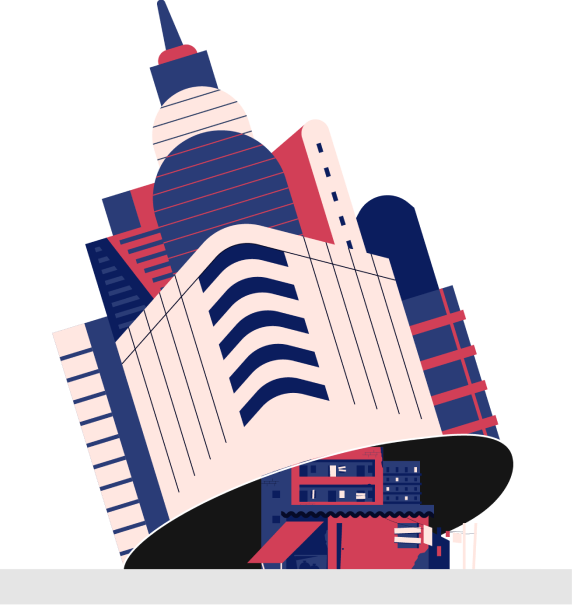
Polarising politicians demonise groups and push for contentious policies.

Online, people often caricature each other and see issues in absolute terms.
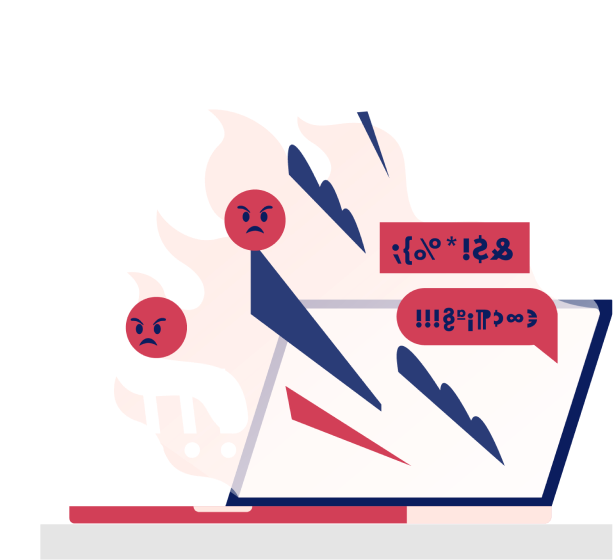
Polarisation has always plagued society.
In 15th-century Europe, the invention of the printing press caused an explosion in both facts and disinformation, creating new divisions in society.
The book Hammer of Witches falsely accused women of being witches. Many were burnt at the stake.
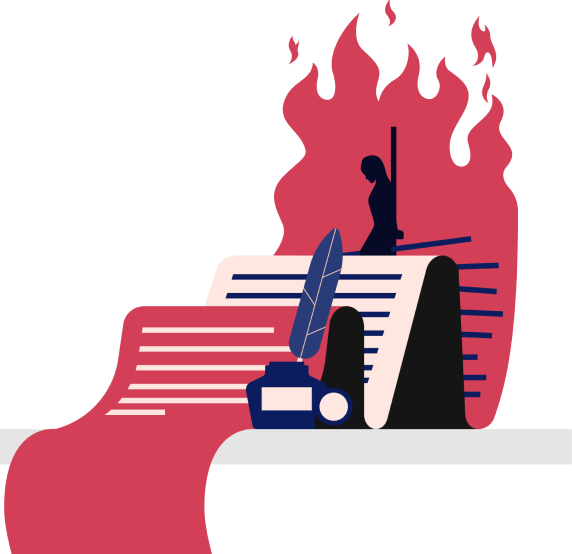
The information glut fuelled new interpretations of religious texts, leading to violent conflict.
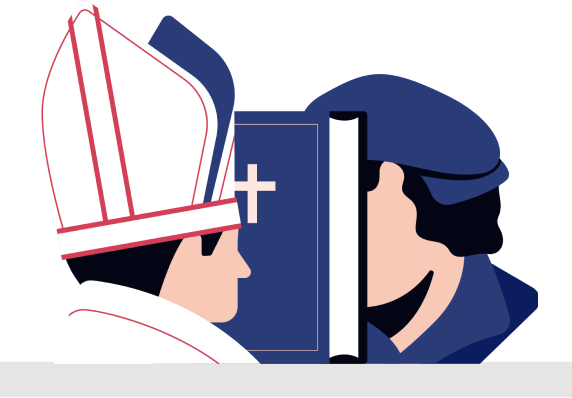
16th-century iconoclasts tore down old monuments and symbols of discredited beliefs.
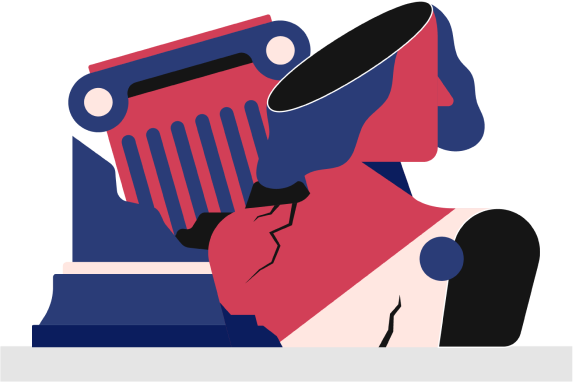
It is natural to have different views from others.
But our interactions today are often mediated through the Internet, which heightens feelings of difference and division.
Algorithms create echo chambers that narrow the diversity of views we see.
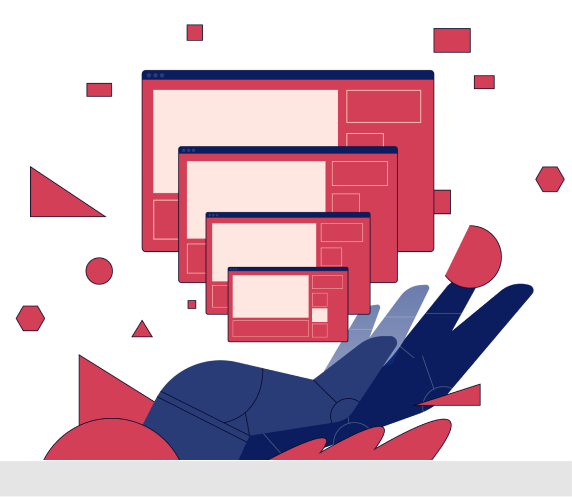
Online, people are emboldened to take extreme positions and criticise opponents.
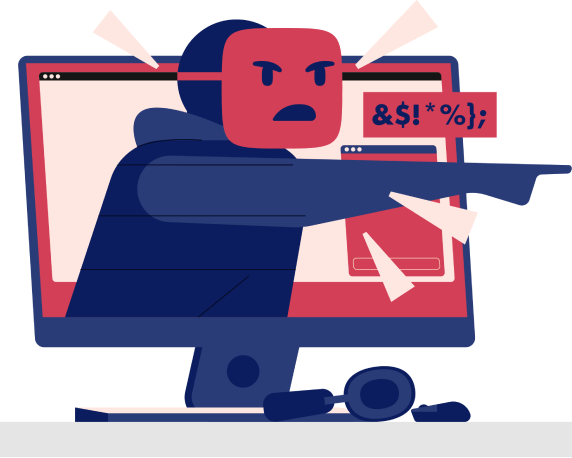
In such a divisive climate, disagreements often escape the digital realm into the real world.
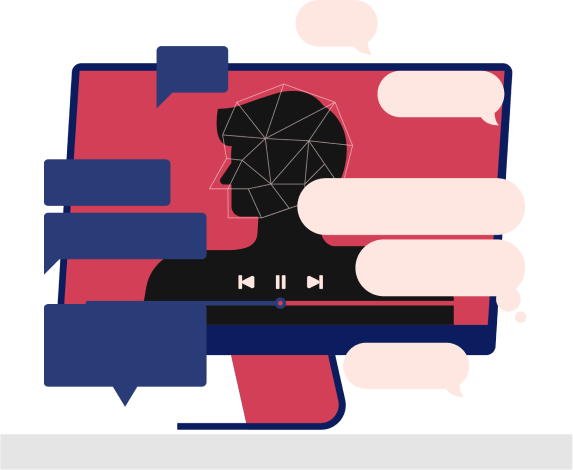
An information revolution is once again sweeping the world.
Democracy thrives on the free exchange of information.
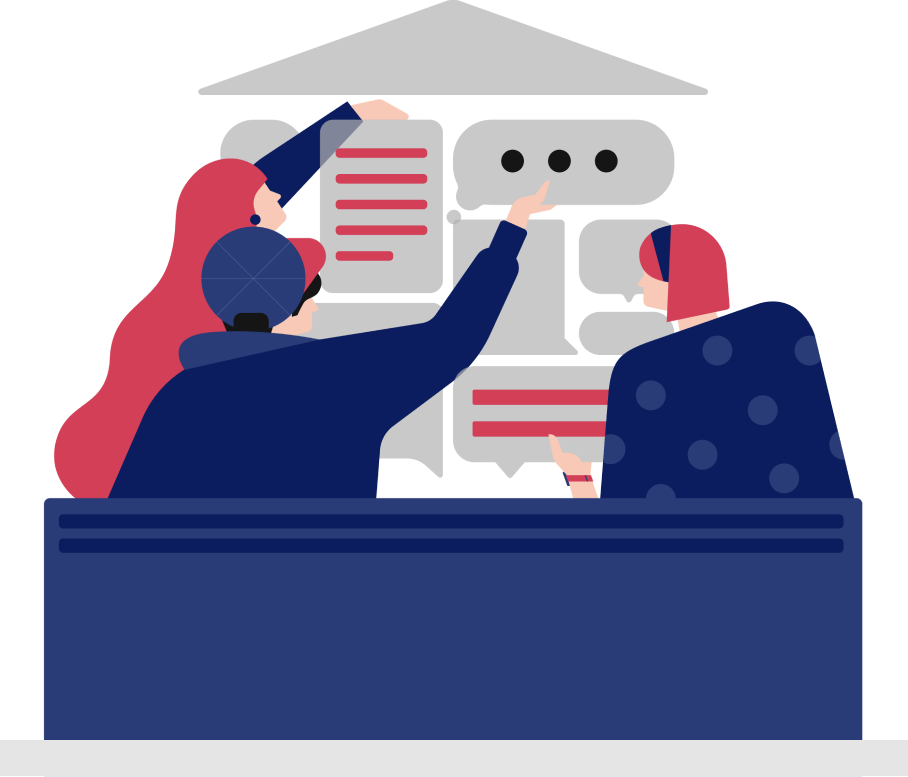
But societies that grant access to information and foster open debate will always risk division.
Our challenge is to use these differences to build an inclusive, not polarised, society.
Sources: Carnegie Endowment for International Peace, Long Now Foundation, Patheos


